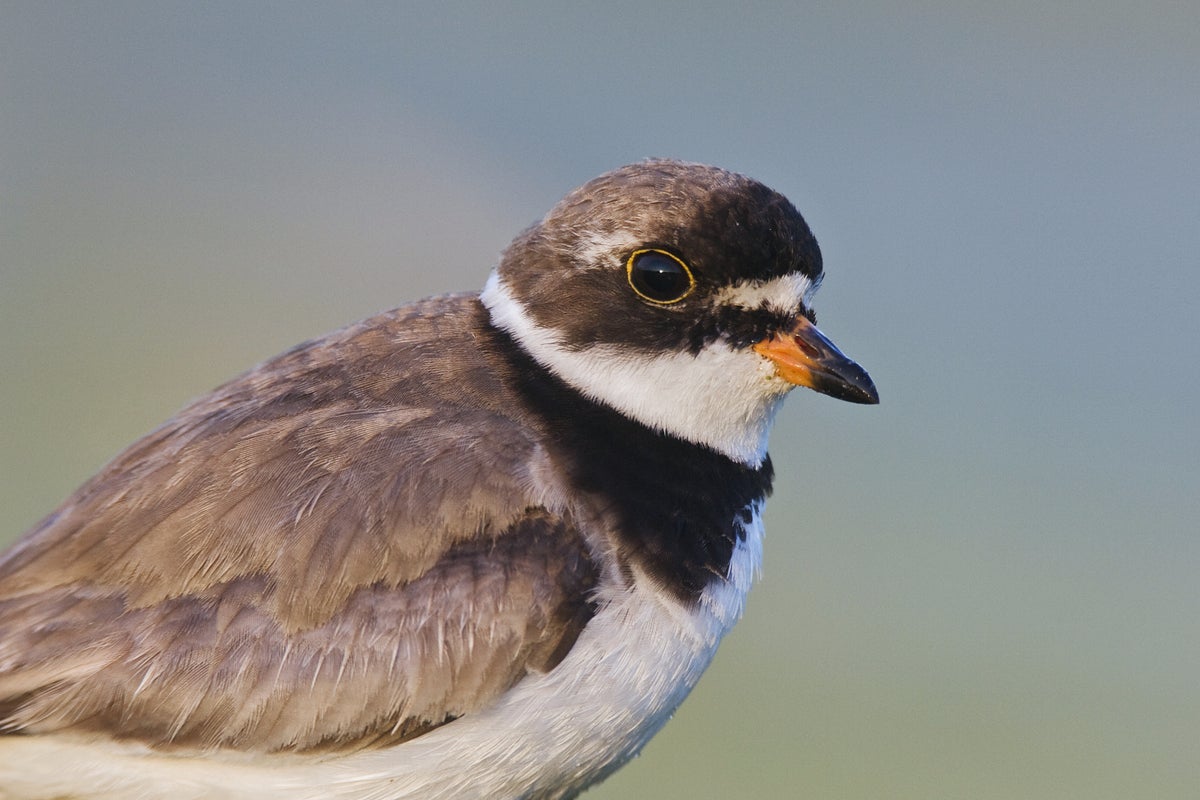The Great Fall Bird Migration Has Already Begun—Here’s How to See It
Birds are starting to make their way south for the winter, and you’ve got a front-row seat to the show
We’re only halfway through summer in the Northern Hemisphere, but for our feathered friends, fall migration is underway. The birds that journeyed north for the breeding season to take advantage of the region’s long daylight hours and abundant insects during its summer months have raised their young. Following sun and food, they are now beginning to wing their way south to spend the winter. It’s one of nature’s great spectacles, and pretty much wherever you are, you can observe it.
Why Fall Migration Is Exciting
Unlike spring migration, in which birds tend to rush to the breeding grounds to claim a territory, find a mate and get down to the urgent business of reproducing, fall migration unfolds at a more leisurely pace. Some species will travel thousands of kilometers between their summer and winter homes, making stops to refuel along the way. It’s a great time to look for birds you might not otherwise encounter.
On supporting science journalism
If you’re enjoying this article, consider supporting our award-winning journalism by subscribing. By purchasing a subscription you are helping to ensure the future of impactful stories about the discoveries and ideas shaping our world today.
In the northeastern U.S., where I spend most of my time, I’ve been watching the shorebirds. Recently at a beach in Midcoast Maine, a friend and I came across a male Snowy Plover—a rare visitor to the East Coast—foraging for tiny invertebrates in the wrack. How he ended up so far out of the usual range for this species is hard to say, but he was clearly on the move: the plover was hanging out with two other migrating shorebirds when I left him—and was gone the next morning, to the consternation of other birders who came to see him.
A few days ago I went to see a Tricolored Heron that has been hanging out in a scummy pond behind an Amazon warehouse in Connecticut. (Often the best birding is to be had in the least glamorous locations.) After watching the colorful heron nab tiny fish with its dagger-sharp bill, I stayed for a couple of hours, observing the ever-changing bird life at the pond. Shorebirds I hadn’t seen since spring—Semipalmated Plovers, Semipalmated Sandpipers, Solitary Sandpipers, Greater Yellowlegs, Least Sandpipers—dropped in and departed throughout the morning. It was mesmerizing, worth every mosquito bite.
The travelers are not just shorebirds. At one of the meadows I frequent to get my steps in, migratory songbirds are starting to move—an American Redstart here, a Blue-gray Gnatcatcher there. Soon the Yellow Warblers and Indigo Buntings, the House Wrens and the Tree Swallows will begin heading out, too.
I’ll be sad to see my local breeding birds leave. But fall migration will bring other species to overwinter here. Yesterday I went birding with a friend to the marshes and ponds of the Jamaica Bay National Wildlife Refuge, near New York City’s John F. Kennedy International Airport. An important stopover for migrating birds, the refuge was quieter than we hoped. But the sighting of a Green-winged Teal served as a reminder that our ducks will be returning soon, along with the White-throated Sparrows and Dark-eyed Juncos that visit my backyard feeder in winter.
How to Watch Birds
There are a number of tools out there that can help you figure out when and where to go to watch birds during fall migration. Colorado State University and Cornell University produce bird migration forecasts from August 1 through November 15 that show predicted nocturnal migrations. They’ve even put together a handy table of peak migration windows for U.S. cities. You can watch nocturnal bird migration as detected by the U.S. weather surveillance network with their live migration maps. And you can look at migration patterns in your area in real time or as an overnight summary using their migration dashboard.
Fall migration also brings an opportunity to hone your identification skills. Now that the time for showing off to attract a mate has ended, the birds are changing into more subdued attire and taking a break from singing. Without their bright colors and songs to identify them, many birds are harder to identify. Further complicating matters, both adult and immature birds are traveling, each with their own plumage patterns. A good field guide, whether in book or app form (I like The Sibley Guide to Birds and the related Sibley Birds app), can help you figure out whether you’re seeing a Mourning Warbler or a Connecticut Warbler, a Solitary Sandpiper or a Spotted Sandpiper.
But you don’t need to rely on these tools to enjoy fall migration. Sometimes the best birding happens when you ditch your phone or camera and unplug so nothing can distract from the extraordinary creatures in front of you.




